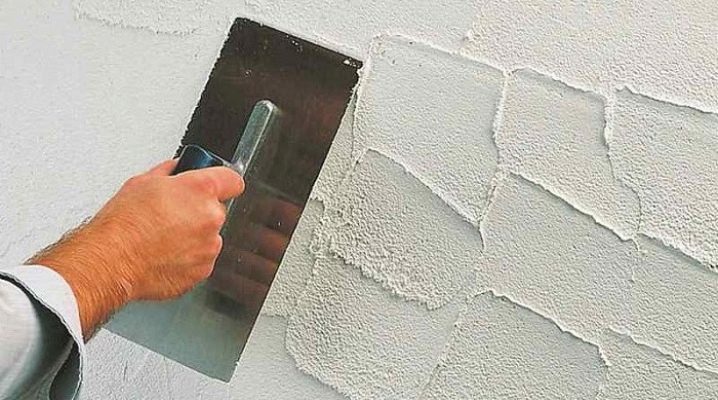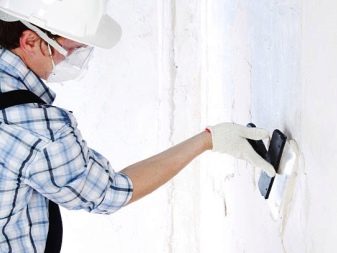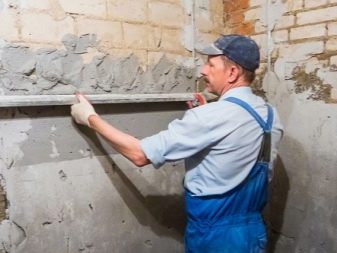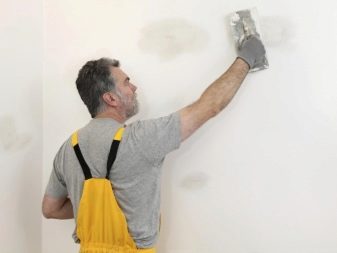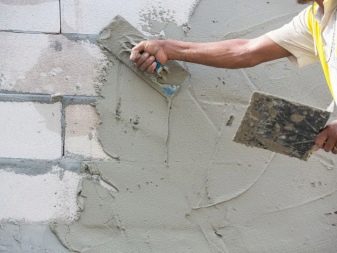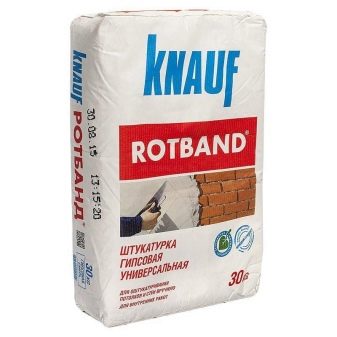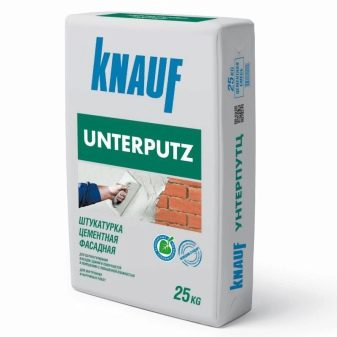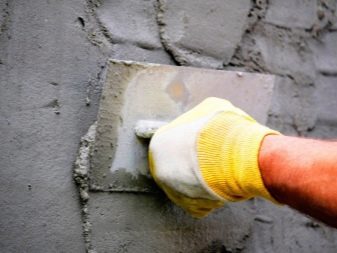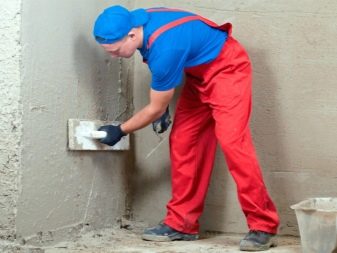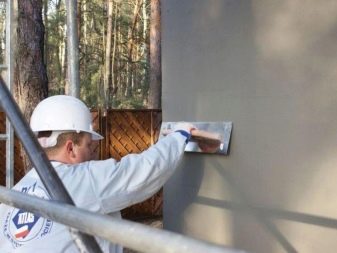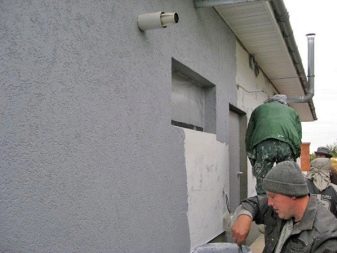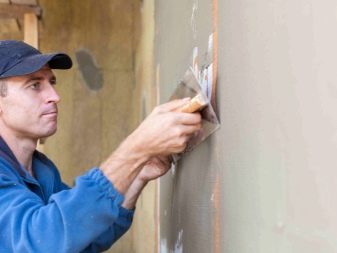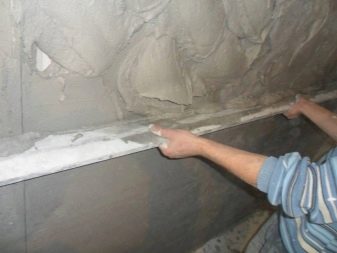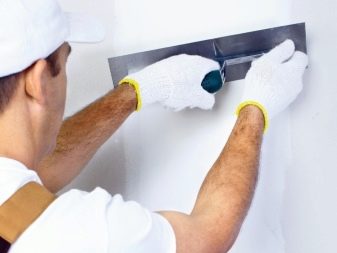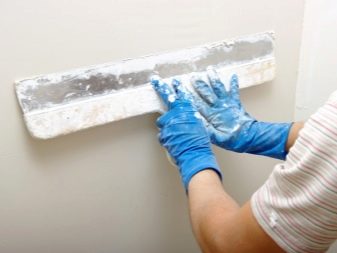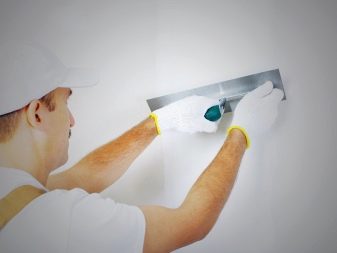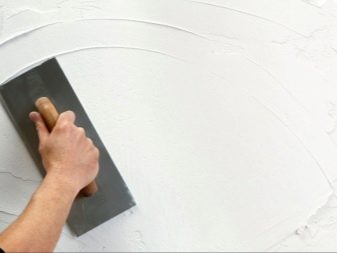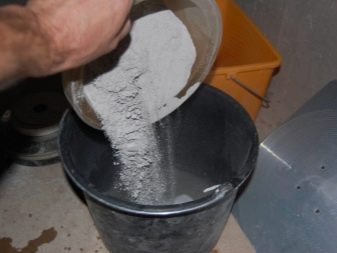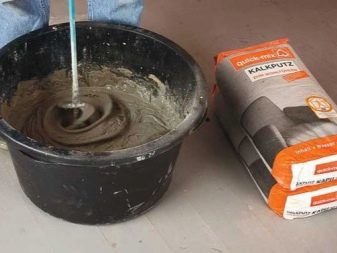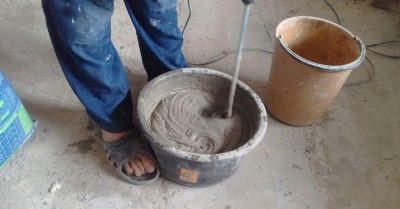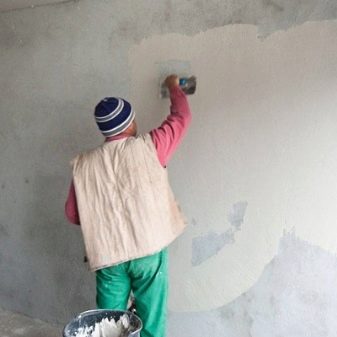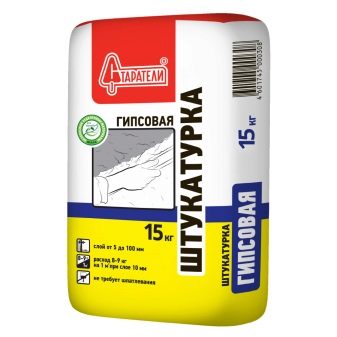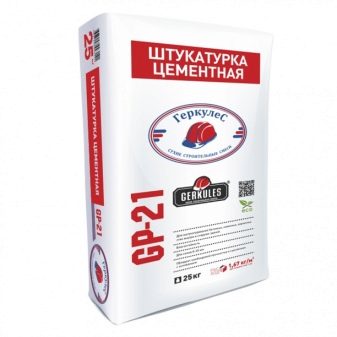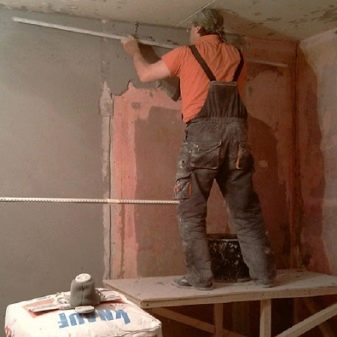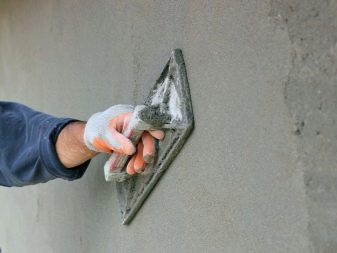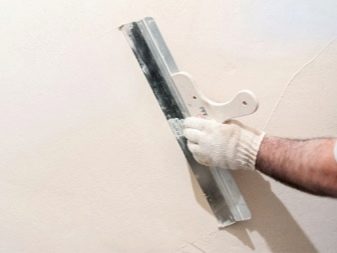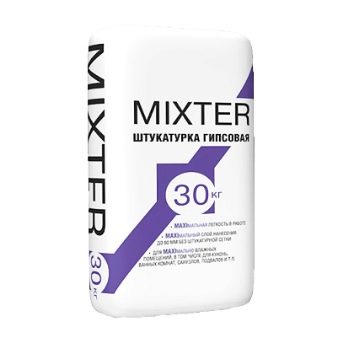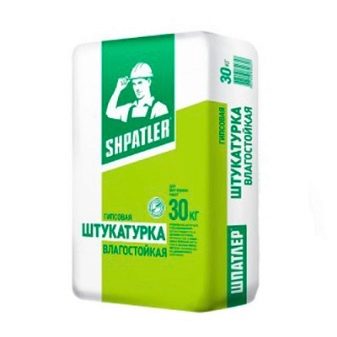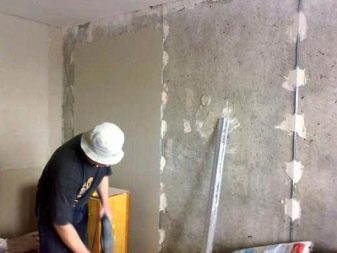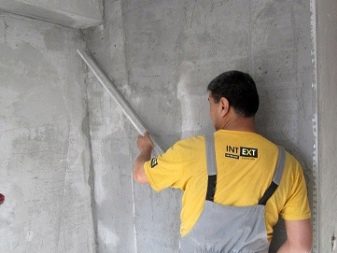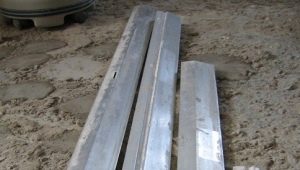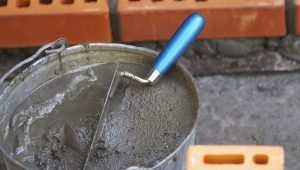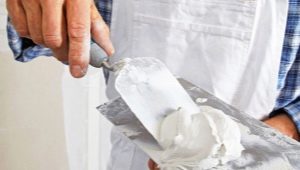Gypsum or cement plaster: which one is better?
In the finishing work, an important place is occupied by the process of plastering surfaces. And this is no accident, because it will depend on the quality and correctness of the application of the solution how long the coating will last, its appearance and attractiveness. For this reason, it is necessary to use a competent and professional approach.
Types of formulations
Alignment plaster mixture occurs before the finishing surface finish. Application areas can be different, it is the need to maximize the surface, and ensure fire safety, and heat saving of the room, and its sound insulation. The choice of formulations is quite wide. They are used for both exterior and interior work in the processing of walls and ceilings.
There are such types of plaster, which differ in the layer of application, such as:
- the main coating that is applied during the finishing rough work;
- decorative plaster, including formulations for finishing.
Classification by composition divides the mixture into four main groups, each of which is based on a specific substance. These are lime, gypsum, cement and clay. Naturally, these groups are not the only ones that exist. The spectrum of mixtures is diverse, they can be created by mixing the base and adding impurities. However, cement and gypsum-based mortars have earned the greatest popularity.
Features of cement mixes
Compositions based on cement are widely used at various stages of construction. They are comfortable to use, create a durable and reliable coating and have good adhesion to the base. Cement formulations are applied after the base is treated with a primer, and due to the strength they withstand adverse external influences. The moisture-resistant properties of the material allow it to be used without fear for aggressive climatic conditions and high humidity.
They are ideal for outdoor work, while arranging facades of buildings and in rooms with a specific microclimate.
If we consider the difference in price, then the cost of these mixtures is cheaper than that of similar ones. However, you should not focus on the financial component, it is important to study the advantages and disadvantages of the material as much as possible so that the result of the work done will not disappoint the consumer.
The main disadvantage of this solution is that it adheres poorly to certain types of surfaces, such as wood, plastic, painted bases. And also cement plaster mix has rather big weight therefore it is not recommended to be used when finishing ceilings.
With caution, this composition should be used when working with walls, you must first estimate the load on them. Work on plastering this type of composition takes a lot of time and effort. This is due to the fact that they take place in several stages, between which it is required to take breaks.
In order for the treated surface to enjoy its quality and reliability for many years, it is necessary to follow the basic rules.First, the surface must be primed. Finishing should be carried out at a temperature in the range from +5 to +30 degrees. Each next layer can be applied only after the previous one is completely dry.
It is recommended to use construction beacons, as well as to perform work gradually, in small volumes, if there are no specific skills in this area.
Features of gypsum mixes
The basis of the mixtures, as the name implies, is gypsum. Apply the composition manually or using a special machine. The scope is quite wide, but some limitations are still present. Gypsum compositions are applied during interior work to finish walls of brick and concrete, as well as other materials. With their help, you can level the base for applying paintwork materials or wallpaper glueing.
When using these solutions, puttying of the surface is not required, because it is obtained even without that smooth and smooth, which means it is ready for decorative finishing.
Gypsum mixtures are environmentally friendly and absolutely safe, do not shrink.After drying, they do not crack and do not require finishing. One of their properties is vapor permeability, which provides air circulation and, as a result, protects against the formation of fungus and mold. Due to the small weight they can be used when working with ceilings, which do not give a special load.
Another important indicator is plasticity, which not only facilitates application, but also makes it possible to abandon the reinforcing mesh. In addition, the composition dries much faster than cement mortars. This process takes about three days. The higher price of the material can be justified by the fact that there is no need to continue to use putty.
How to prepare solutions?
Both cement and gypsum plaster mixes are produced in a dry form. Components must be mixed and water added. Each type has its own cooking instructions. To work with cement composition, you must first shift the dry sand mixture and cement. After that cool water flows in. Next, the solution is already in liquid form must be thoroughly mixed again.
You can mix cement and gypsum.This mixture takes much less time to set and dries much faster. However, keep in mind that the strength in this case will be much less. In any case, when preparing solutions it is recommended to strictly follow the instructions, which, as a rule, are located on the package. When working with gypsum it is necessary to take into account that the time for mixing the composition is limited.
It is recommended to knead one portion for no more than five minutes. After preparing the gypsum dough, it must be mixed with water in the right proportions.
Choosing a mixture for interior work
When finishing the premises most often used plaster mixes, having a white color. In interior works, water-dispersion paints are often preferred, which are more transparent than others. If the tone of the base is dark, you need to block it, and for this you will need to apply several layers, which will significantly increase consumption.
When sticking light wallpaper, the white color of the base is preferable, which will not shine even through thin material. Therefore, the use of cement formulations for interior decoration is advisable only when closing the wall tile.
It should be borne in mind that the drying time of the surface treated with cement mortar is two times longer than in the case of gypsum. In general, the period for which the plaster dries completely depends on the thickness of the applied layers.
The choice of the mixture on the quality of the base
If the base is quite even, it will be correct to put small defects with a putty and then cover it with a small layer of plaster. When working with concrete one, a maximum of two layers of the composition is enough. If the base is made of foam blocks or polystyrene concrete, it makes sense to use plaster mixtures designed specifically for such works.
It is possible to use glue plasters that are made on a cement base. Gypsum compositions are not used for masonry and installation works. For finishing work carried out indoors, on surfaces made of brick and concrete, it is advisable to use gypsum mortars, and not only.
Tips
To select a mixture, you need to take into account the specific tasks for which you plan to use it. It is necessary to evaluate the characteristics of the material, their properties and cost.Comparison of compositions can be carried out according to certain parameters, their differences from each other are quite significant.
According to consumer reviews, the price of cement mixtures is lower than that of gypsum. However, this can be compensated for by the lack of need to putty surfaces when using gypsum.
It is necessary to understand that if for carrying out finishing works it is required to use a moisture-resistant plaster mix, its price will be more expensive than the usual. However, quality and a longer service life in wet conditions will be an undeniable advantage.
In addition, plaster on the basis of gypsum can be applied independently, the process does not require professional skills and does not create difficulties while observing the recommendations. This is an ideal option for the most rapid repair, as well as for the preparation of walls for painting and sticker thin wallpaper. Cement plaster is durable, perfect for external work. It should be borne in mind that there are limitations in its application on certain grounds.
In the absence of skills in this area, it is recommended to entrust it with a professional for more competent finishing work.masters.
On how to plaster the walls with your own hands, you can find out further.
